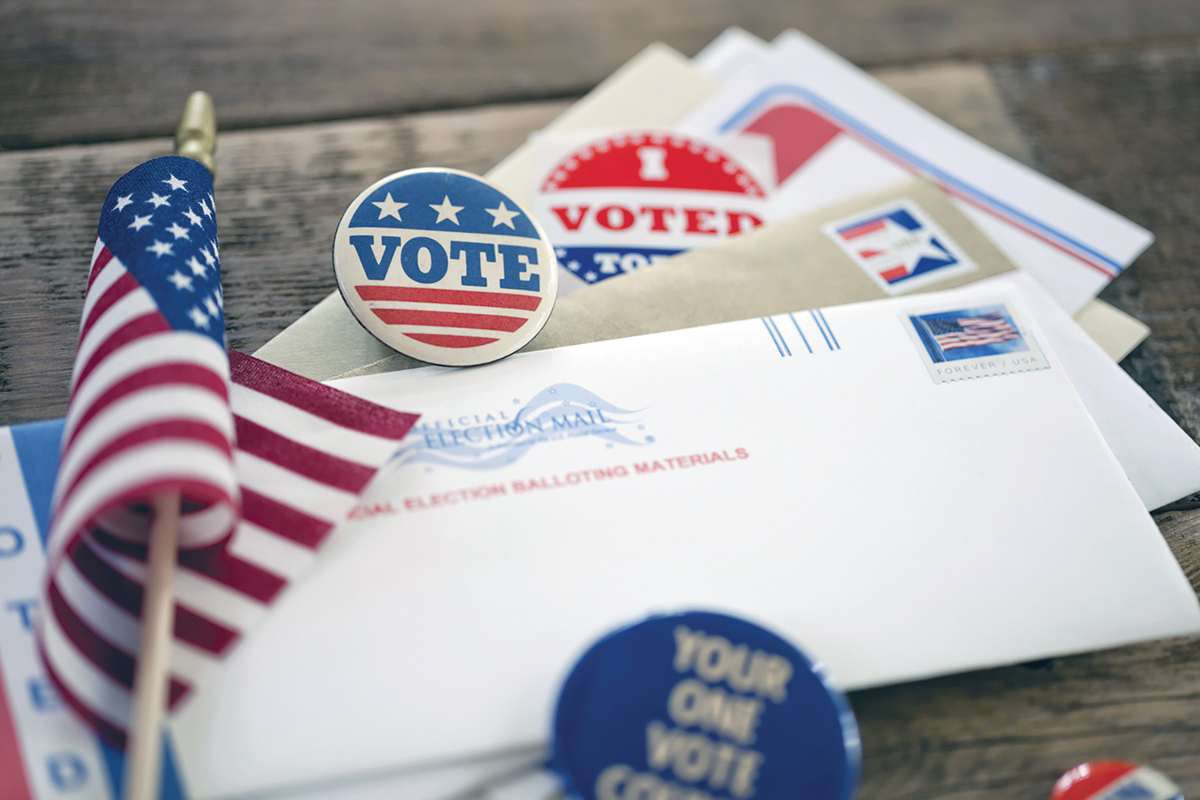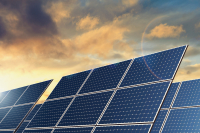Registration trends show deepening dissatisfaction with major parties
 File photo
File photo
As North Carolina prepares for federal, state and local elections in 2024, emerging trends in partisan registration that began in late 2017 have proven persistent, with likely electoral consequences for both major parties.
“I think it makes it more difficult for both groups, both Republicans and Democrats,” said Michele Woodhouse, chair of the North Carolina Republican Party’s 11th Congressional District. “We both face the same exact problem.”
From Jan. 1, 2016, through Dec. 30, 2023, the number of registered Democrats in the state has decreased by nearly 217,000 to 2.4 million, an 8.2% decline. Over that same period, Republican registrations statewide have grown by more than 260,000, good for a 13.3% increase to 2.2 million.
But the biggest increase doesn’t belong to a political party at all.
Unaffiliated voter registrations have swelled to 2.7 million since 2016, adding 885,105 voters, good for a 48.7% increase.
The revelation won’t come as a surprise to everyone, as stories in The Smoky Mountain News from 2020 and 2022 have already documented the rise of unaffiliated voters — at the expense of Democrats and Republicans.
Related Items
“The reason why we’ve got more unaffiliated in rural areas to me is the fact that rural people are inherently fed up with the politics that we have,” said Anderson Clayton, chair of the North Carolina Democratic Party. “I think that they’re really tired of people that are not actually there to get something done.”
Between Sept. 2, 2017, and Sept. 9, 2017, the number of unaffiliated voters finally surpassed registered Republicans to become the second-largest group of voters in North Carolina, according to the State Board of Elections, which posts weekly registration totals dating back to 2004 on its website. During the week of March 12, 2022, unaffiliated voters surpassed Democrats to become the state’s largest voting bloc.
As of Jan. 1, 2024, that bloc has continued to grow, now representing 34.3% of all North Carolina voters. Democrats rank a distant second with 32.7%, while Republicans remain the smallest major party in the state, with 30.0%.
Woodhouse has her own ideas about why Democrats are leaving the party.
“Typical Southern Democrats — pro-Second Amendment, pro-life, faith-based Southern Democrats — they look at their Democratic Party and it’s unrecognizable to them. Unrecognizable because it’s abortion on demand, a complete abandonment of faith, a complete abandonment of Israel, boys playing girls’ sports,” she said. “On all of these things the Democratic Party has gone so far left that people in their party have said, ‘this is crazy,’ and they are moving to unaffiliated.”
She also acknowledges a fissure in her own party, at least nationally.
“We have our own demons. We’re looking at people like Thom Tillis and Ronna McDaniel and Mitt Romney that have long abandoned the Republican Party platform and principles,” Woodhouse said. “We see fiscal irresponsibility, Medicare expansion, casinos — issues that Republicans for decades stood up against. I think that voters have left their parties because their parties have left their platforms.”

North Carolina voters are roughly divided by party affiliation into thirds. SMN graphic
Libertarians have seen their numbers nearly double over that same period, from 27,862 in 2016 to 50,078 by the end of 2023, however, they still make up just .68% of all voters in the state.
Two other minor parties with ballot access, the Green Party and the upstart No Labels Party, together represent about one-tenth of 1% of North Carolina voters, with 1,795 and 5,475 registrants, respectively.
During the period from Jan. 1, 2016, through Jan. 1, 2018, Democrats and Republicans both logged registration increases, 0.6% and 5.3%, respectively. But over that time, unaffiliated voters grew by 15.2%.
Since then, the trend has become even more striking. In each subsequent two-year period through Jan. 1, 2024, Democrats have noted modest losses and Republicans have measured modest gains while unaffiliated registrations grew substantially.
Numbers in North Carolina’s seven western counties (Cherokee, Clay, Graham, Haywood, Jackson, Macon and Swain) show more fluidity and more drastic change than state numbers do.
On average, Democratic registrations were down 31.2% from 2016 through 2024, far outpacing the statewide decline of 8.2% over the same period. Republican registrations grew by 29.4%, much greater than statewide growth of 13.3%. Unaffiliated registration growth of 34.8% in the west didn’t come close to the statewide total of 48.7%, but it was still substantial.
The seven western counties also buck state trends in another significant way — Republicans hold a slim advantage over unaffiliated voters, 59,646 to 57,481.
Democratic registrations remain far behind, with 34,175. Republicans hold majorities in Cherokee, Clay, Graham and Macon counties. Unaffiliated voters hold majorities in Haywood, Jackson and Swain counties.
Democrats hold majorities in zero of the seven western counties.
“There’s not just one reason why this is happening,” Clayton said. “I know that people would like to paint the picture that Western North Carolina is getting redder. In my opinion, Western North Carolina is getting a little bit smarter — Democrats are registering as unaffiliated because you’ve got a semi-closed primary in North Carolina, where an unaffiliated can vote in Republican primaries. When the only people around you getting elected or running for office are Republicans, you want to make sure the lesser of those two evils of Republicans get elected.”
The race to the bottom, for Democrats at least, is most evident in rural Cherokee County, which saw 49% of its Democratic registrants disappear between 2016 and 2024. Graham County, also rural, saw Democrat losses of 48%. Jackson County fared best, losing only 16% of its Democrats over that same time.

Partisan trends in voter registration, at least in the seven westernmost North Carolina counties, couldn’t be clearer. SMN graphic
Republicans, on the other hand, saw their greatest gains in Clay County, with a 41% increase. Haywood, the largest of the seven western counties, was second with a 33% increase. Swain County’s 21% increase was the smallest recorded in those counties.
Clayton won election to her post in February 2023, and has made no secret of her desire to target rural voters. Now, there’s increasing pressure on the country’s youngest state party chair to deliver on unaffiliated voters as well.
“We’re including unaffiliated in our targets this year,” she said. “I want to make sure they’re one of the first doors that we knock because oftentimes, they haven’t gotten their doors knocked by Democrats, because Democrats have only been trying to get Democrats out to vote. We’ve got to go get disaffected Democrats, and also unaffiliated Democrats in there, too.”
With just over 10 months until the 2024 General Election, Clayton and North Carolina Democrats have precious little time to prove that the strategy — a good one, according to Woodhouse — can produce results.
“I think it’s a smart decision for Democrats because they already own the urban areas,” Woodhouse said. “When we look at the 100 counties across the state, 10 are gonna go blue, no matter what. Republicans could truly run Jesus walking on the water and we’re not going to win a municipal race in Durham County. It’s just not going to happen. Democrats face that same struggle in rural counties. If they’re purposeful in their strategy, it isn’t about making Clay County Democrat, it’s about peeling away 3% to 4% of unaffiliated voters, to get them to vote Democrat, because they’re not going to change Clay County. But if they get 3% in Clay and 3% in Haywood in 3%, Macon and 3% in Jackson and 3% in Henderson, is that enough to change the dynamics of the entire 11th Congressional District?”













